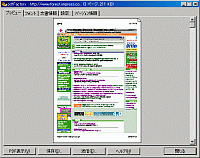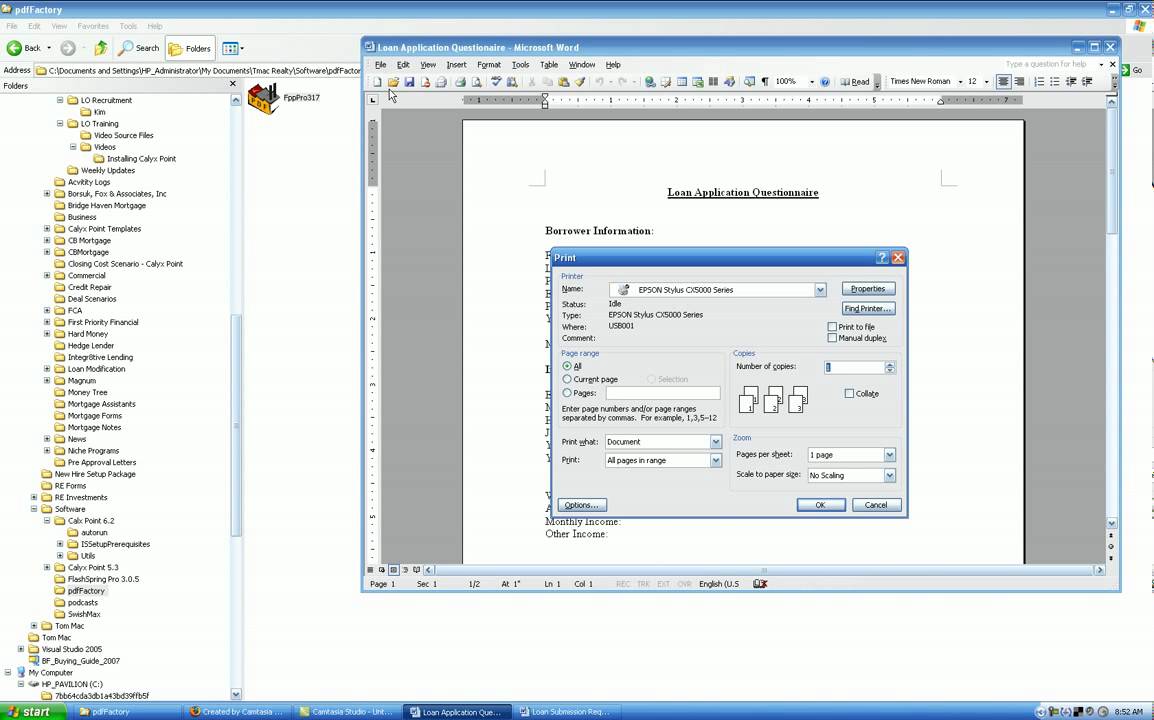


Maaike Koffeman thereby offers a more complete and more objective evaluation of the achievements of a review that is said to have changed the course of French literature.
This study places the artistic efforts of the review in an international context, showing that British novelists were a main source of inspiration for the concept of the roman d'aventure, which played an important role in the development of early literary modernism. The review's programme based on a 'modern classicism' allows it to publish the best authors of its time and to contribute to the regeneration of the French novel. She shows that the NRF owes its remarkable success not only to its high literary standards, but also to the strategies employed by its editors in order to conquer a dominant position in the French literary world. In Entre Classicisme et Modernité, Maaike Koffeman explores the origins of this legend of French literary life by means of a historical, literary and sociological analysis of the first years of the review's existence (1908-1914). The literary review La Nouvelle Revue Française enjoys an enormous prestige in France. Finally, in Part 4 the method is reviewed in the light of some criteria of appropriate methods of poverty measurement, as proposed in a workshop by the ODI in 1997. Other variations of the method used in Europe in the 1980's and 1990’s are referred to, as well as some of the criticisms that have been made of this type of method. Part 3 places the method in the context of recent related research. Part 2 briefly documents and comments on some peer responses to the method, by participants in a recent meeting of the Development Studies “NGOs and Poverty” study group. This includes an account of the project context, the rationale for the use of the method, an explanation of the method itself, and an initial analysis of the results.

Part 1 describes the use of the method by ActionAid Vietnam in late 1997. The results can be publicly presented in a way that is easily understood. The analysis of data collected does not require highly specialised statistical skill. The process is participative but produces quantifiable results. It is open to a broad definition of poverty and sensitive to changing definitions of poverty over time. Abstract This paper reports on the use of a new method for the measurement of poverty, based on an adaptation of a survey based approach used in Britain in the 1980's.


 0 kommentar(er)
0 kommentar(er)
